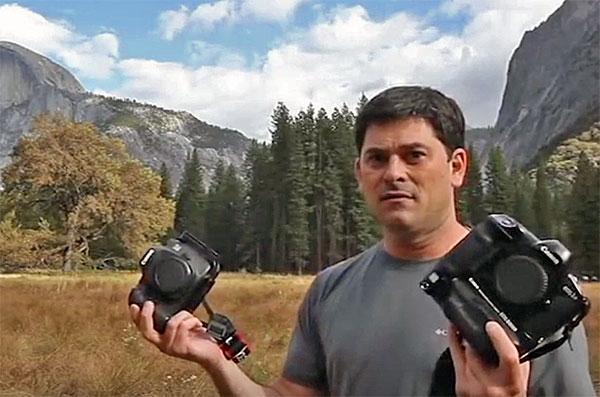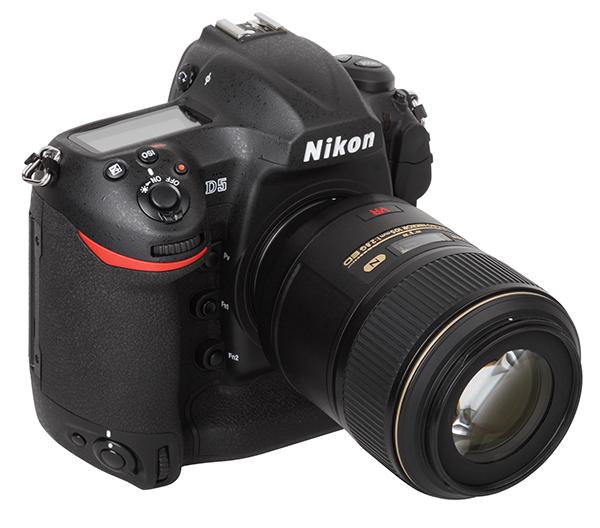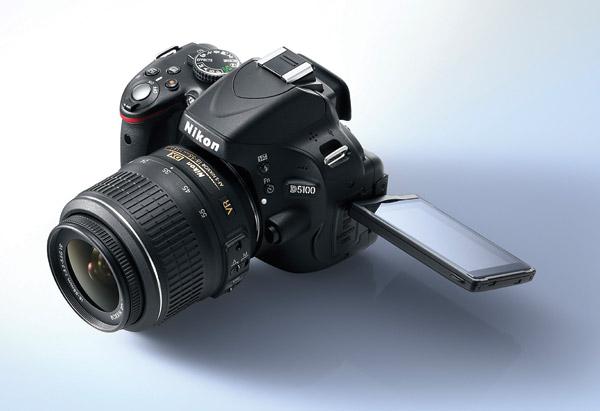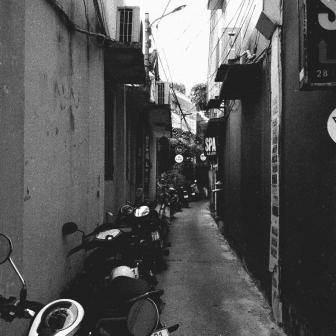DSLR Reviews
Sort By: Post DateTitle Publish Date
|
Nov 04, 2015
|
May 21, 2018
|
Nov 06, 2014
|
Feb 14, 2017
|
May 01, 2019
|
Apr 01, 2007
|
Feb 13, 2012 |
First Published: Jan 01, 2012
|
Aug 23, 2013 |
First Published: Jul 01, 2013















